
The So-Called "King of Chemical-Laden Veggies"
Fresh vegetables are an essential part of a healthy diet — but not all greens are created equal. While many shoppers trust their local markets, few realize that some vegetables are far more likely to be contaminated with pesticides, growth stimulants, and chemical residues.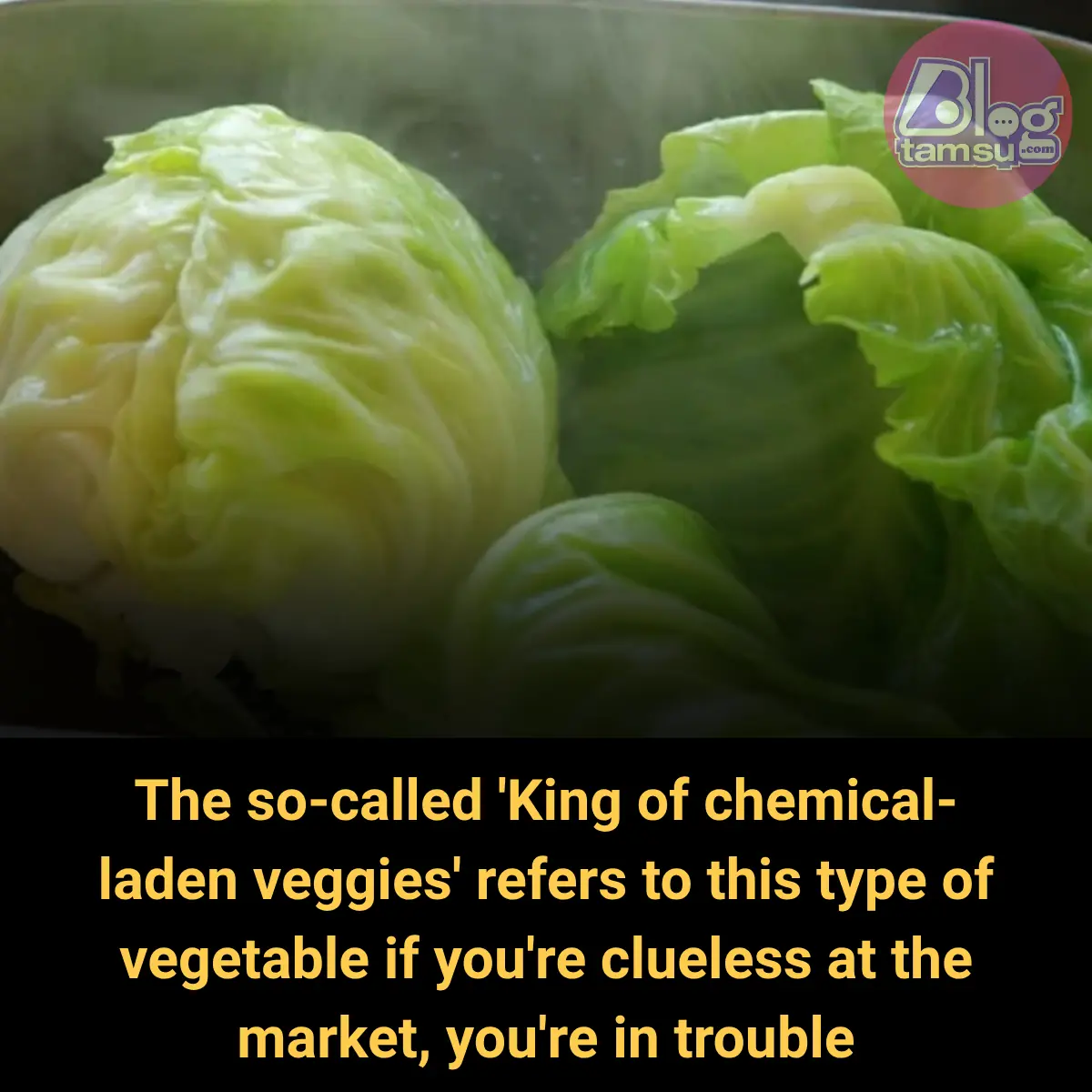
One particular vegetable has earned a worrisome nickname among food experts and health-conscious consumers:
“The King of Chemical-Laden Veggies.”
And the scariest part? It’s one of the most commonly purchased greens at markets.
So, What Is This Vegetable?
The vegetable in question is water spinach, also known as morning glory or rau muống in Vietnamese. Popular across Southeast Asia for its crunchy texture and quick-cooking nature, it’s found on dining tables daily — stir-fried, boiled, or served in soups.
But beneath its healthy image lies a concerning truth: water spinach is one of the most chemically treated vegetables sold in open markets today.
Why Water Spinach?
Water spinach grows fast and requires a moist environment — perfect conditions for pests and weeds. To ensure rapid growth and keep leaves looking fresh and green, many farmers resort to:
-
Pesticides
-
Nitrate-based fertilizers
-
Chemical growth boosters
Because the vegetable grows quickly, residues often don’t have time to break down before harvest. That means consumers are at risk of ingesting harmful chemicals directly — especially when the veggies aren’t properly washed or cooked.
How to Protect Yourself When Buying It
If you’re not careful at the market, you could end up buying a bundle full of chemicals. But there are a few tips to help you choose safer water spinach:
-
Avoid overly green, shiny leaves – They may look appealing but could signal chemical treatment.
-
Check the stems – Naturally grown water spinach has soft, slightly uneven stems. Chemically treated ones may feel unnaturally thick and firm.
-
Smell it – A strong, chemical-like odor is a red flag.
-
Buy from trusted sources – Choose vendors who grow their own produce or sell organic goods.
-
Soak in salt water or vinegar – Before cooking, soak the greens to help remove surface residues.
News in the same category

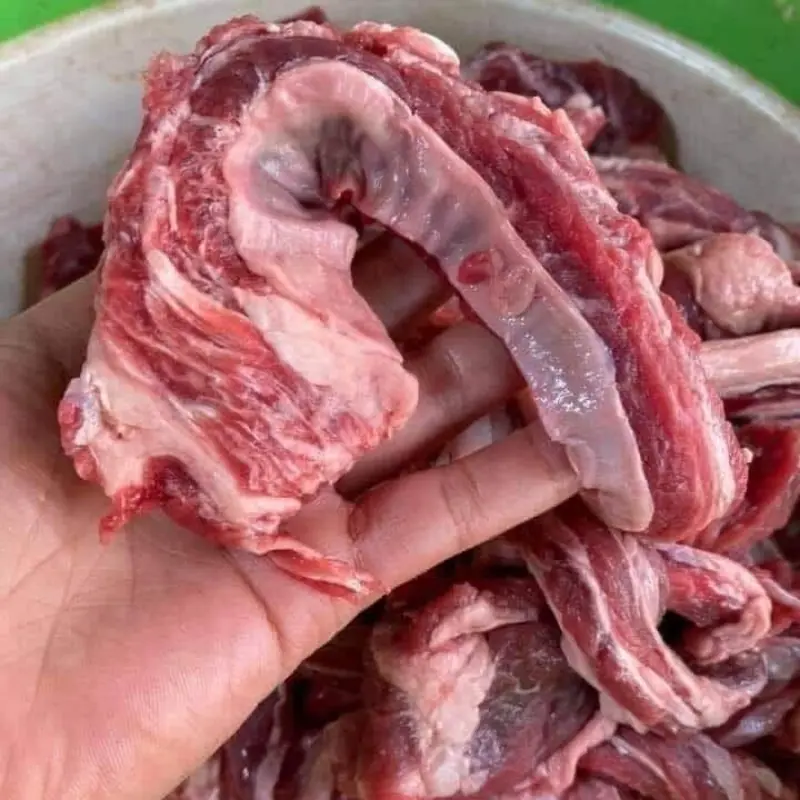
The Tastiest Part of the Pig: Once Overlooked
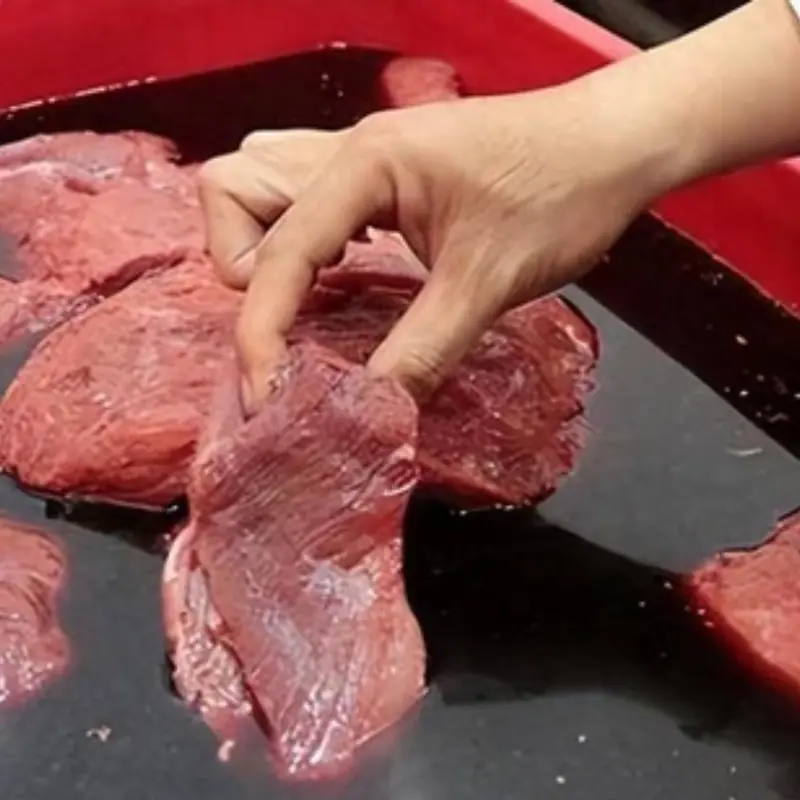
Real vs. Fake Beef May Look the Same, BUT There Are Still 5 Key Differences

Chilling Warning About a Common Household Appliance!
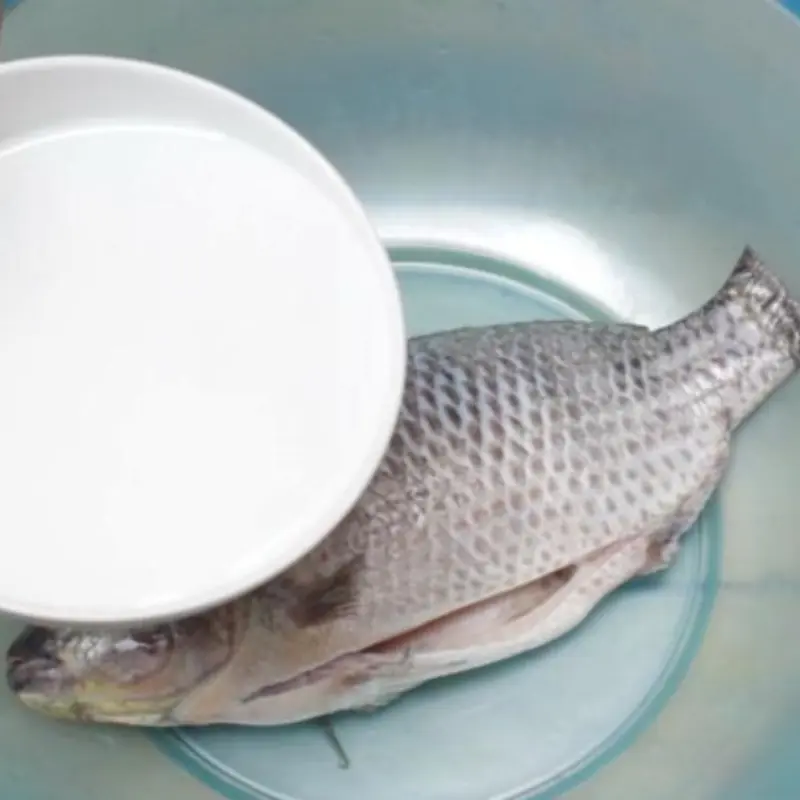
Turns Out, the Ultimate Weapon Against Fishy Odors Is Right in Your Kitchen
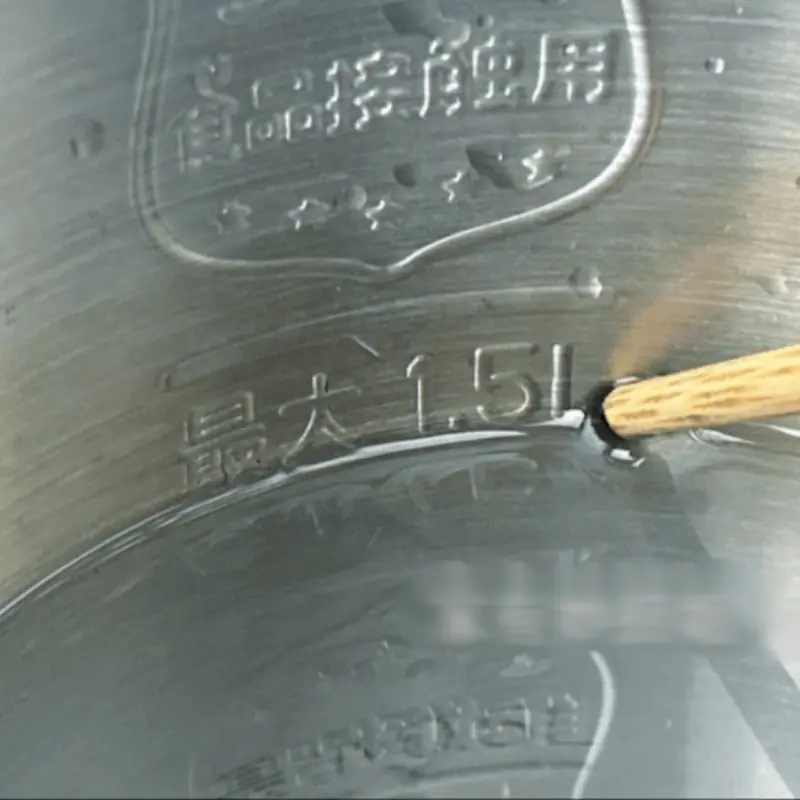
Using an Electric Kettle with These 6 Common Mistakes
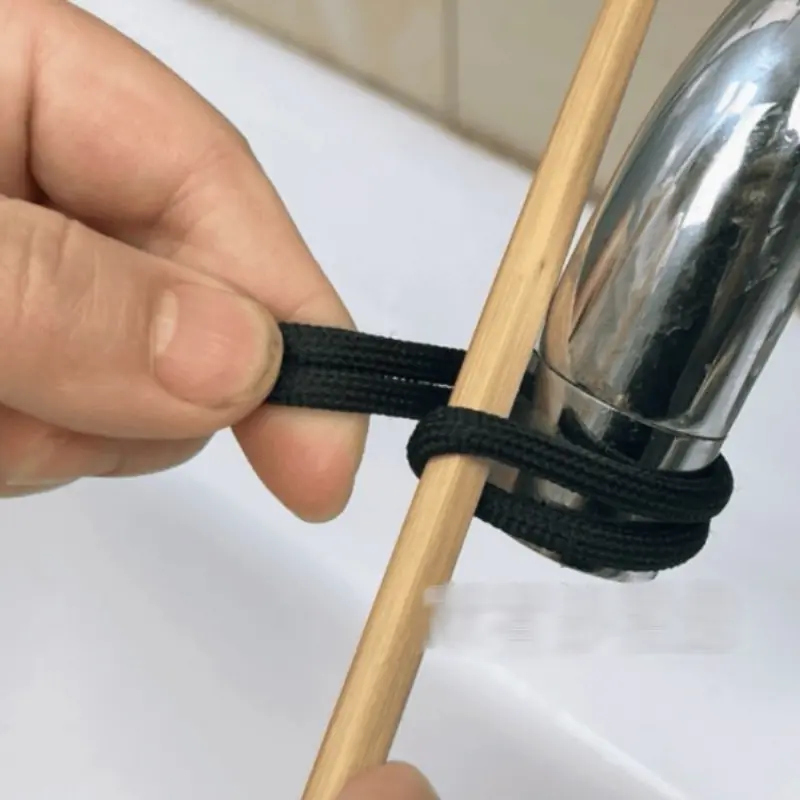
Using Just a Piece of String and a Chopstick
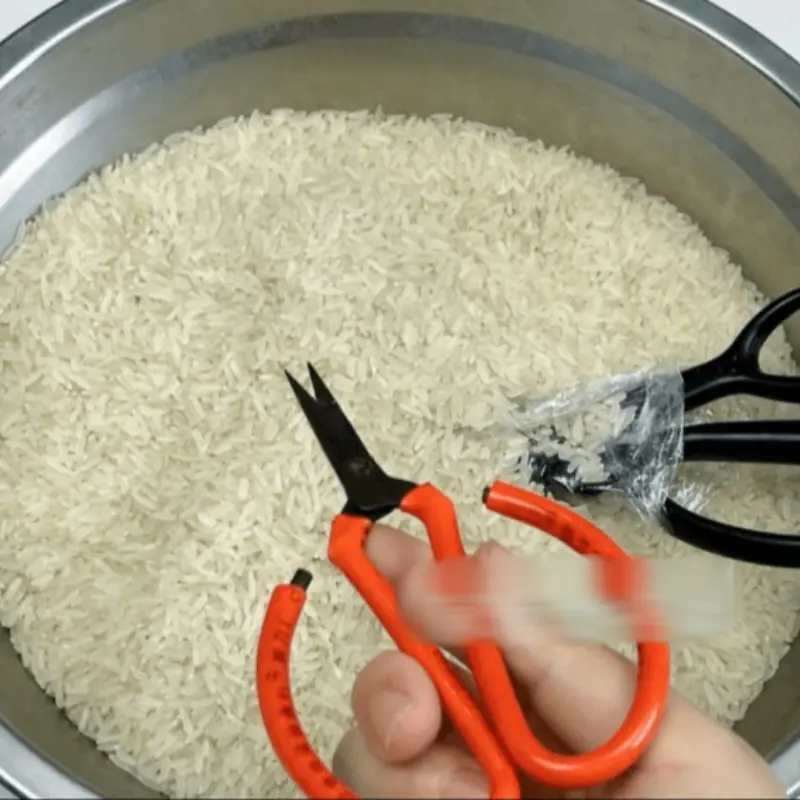
5 "Secrets" About Rice That Shock 90% of People

The Secret to Choosing the Best Beef at the Market
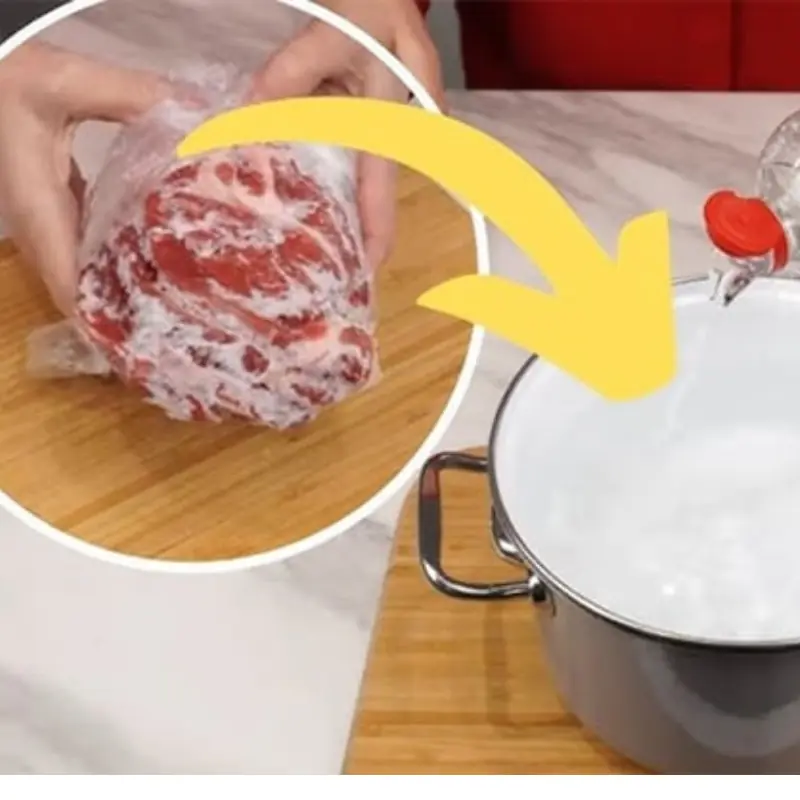
Stop Defrosting Meat with Cold Water
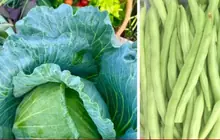
Experts name the summer vegetables most likely to contain chemicals
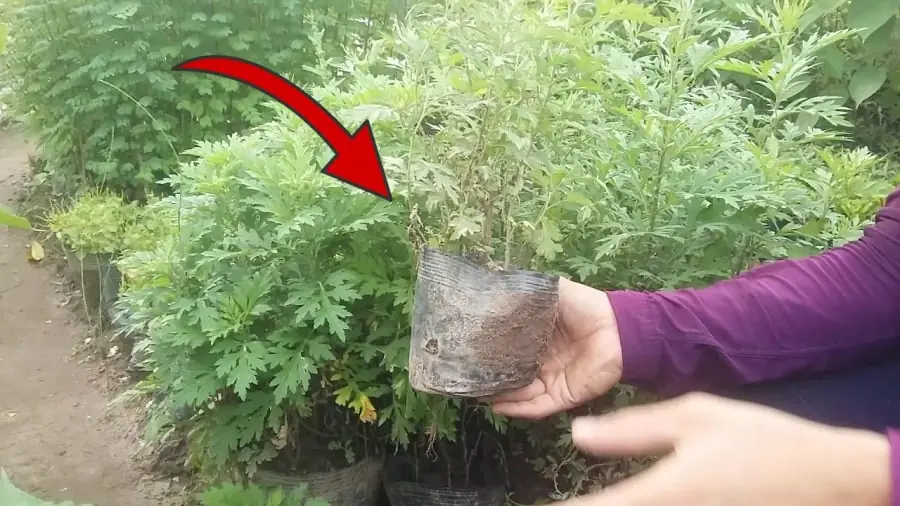
The plant that is thought to be only for food is actually a "lucky charm" in front of the door. Our ancestors advised every house to plant it
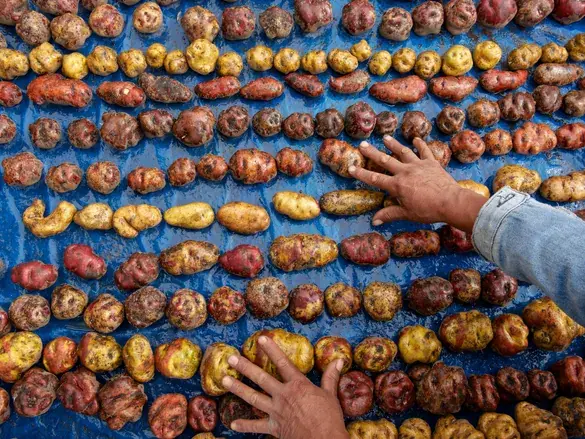
The vegetable that could save the world from hunger was once banned because it was... too ugly.

Place a Bowl of Water in the Fridge
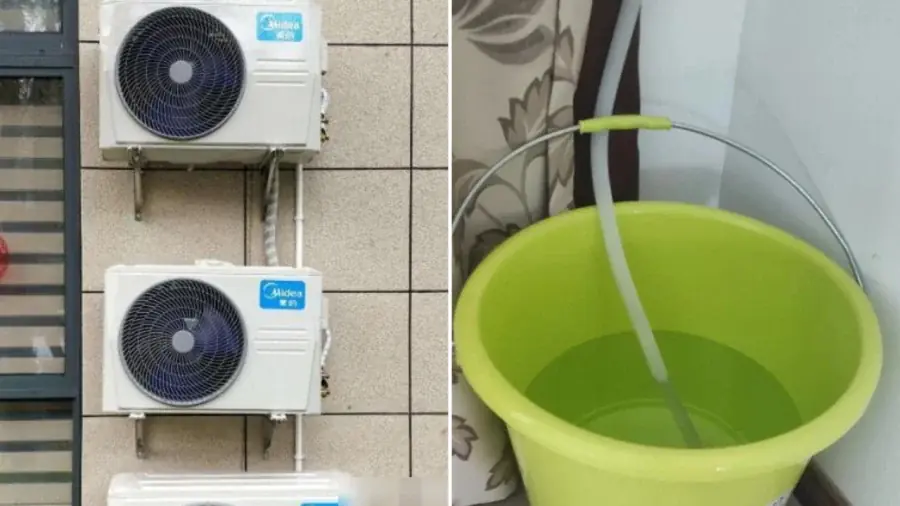
Save Air Conditioner Wastewater to Solve 4 Household Problems and Cut Costs
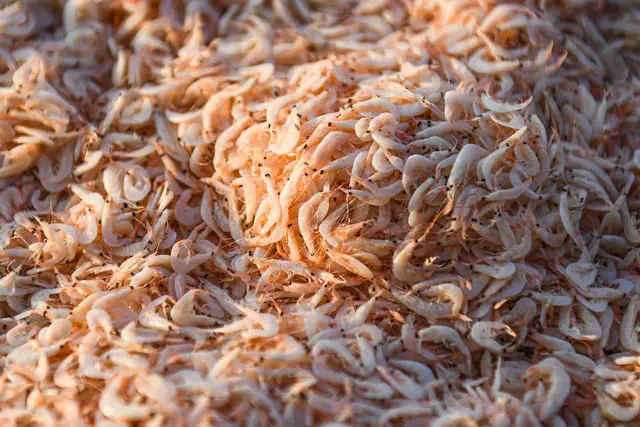
Seafood with 3 times more calcium than soybeans, China calls it "appetite enhancer" in summer
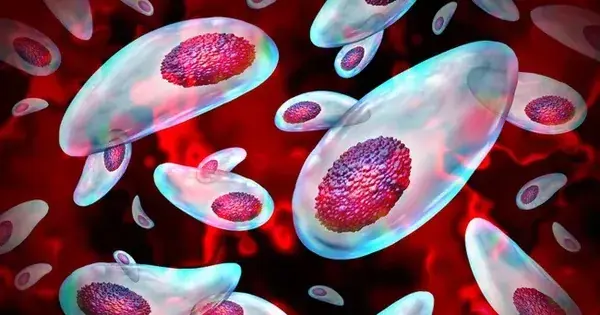
A parasite that can cut off human sp:erm, causing global infertility?
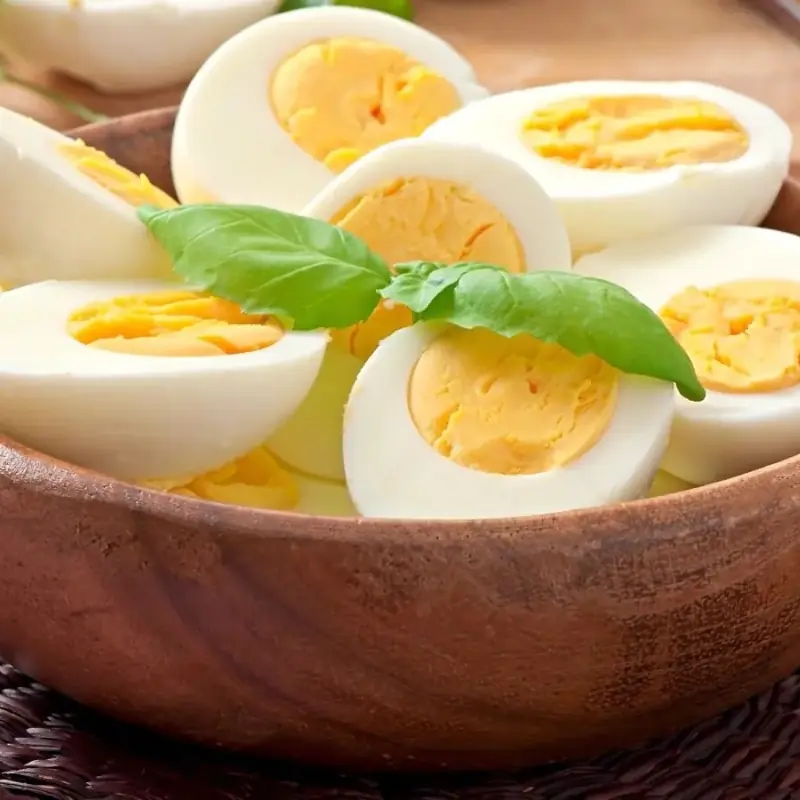
What Happens If You Eat Over 7 Eggs a Week? 🥚🤔
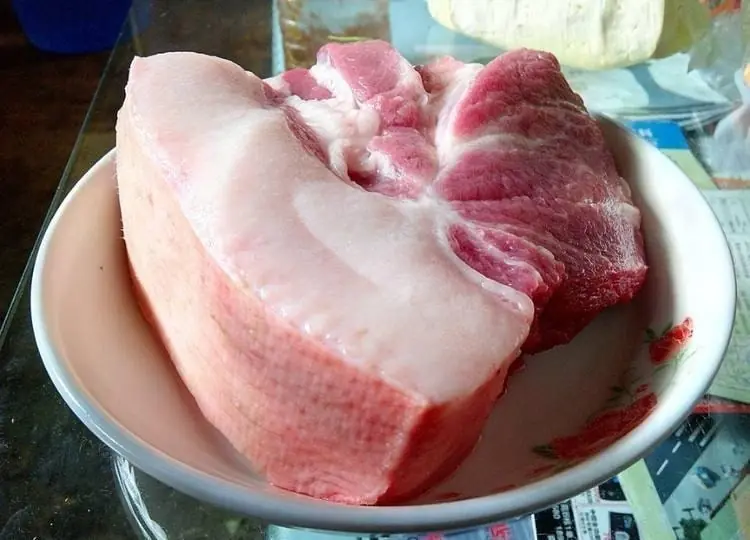
4 Pros & 4 Cons When Buying Pork: Pick Right and It’s Worth Every Gram
News Post

4 Quick Tips to Instantly Spot Sweet

The Tastiest Part of the Pig: Once Overlooked

Real vs. Fake Beef May Look the Same, BUT There Are Still 5 Key Differences

Chilling Warning About a Common Household Appliance!
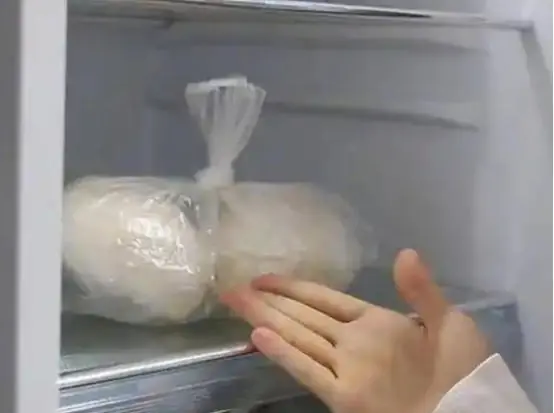
Warning! Stop Putting These 5 Things in the Fridge—They Could Become “Invisible Kil.lers”
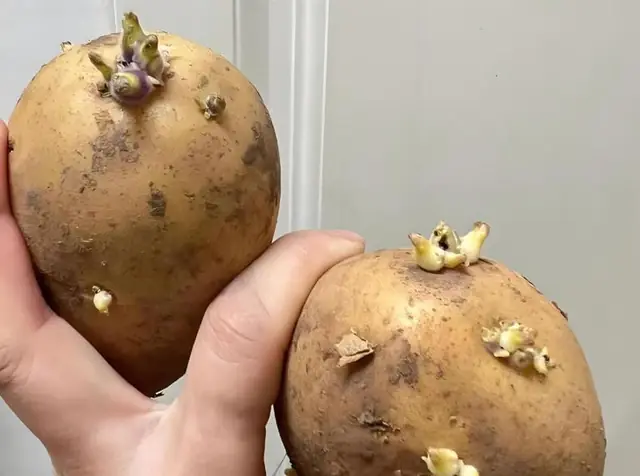
6 Everyday Foods You Think Are Safe—But Are Actually To.xic

Be careful! Don't put these 5 things in the refrigerator anymore, they can become "invisible kil.lers"!
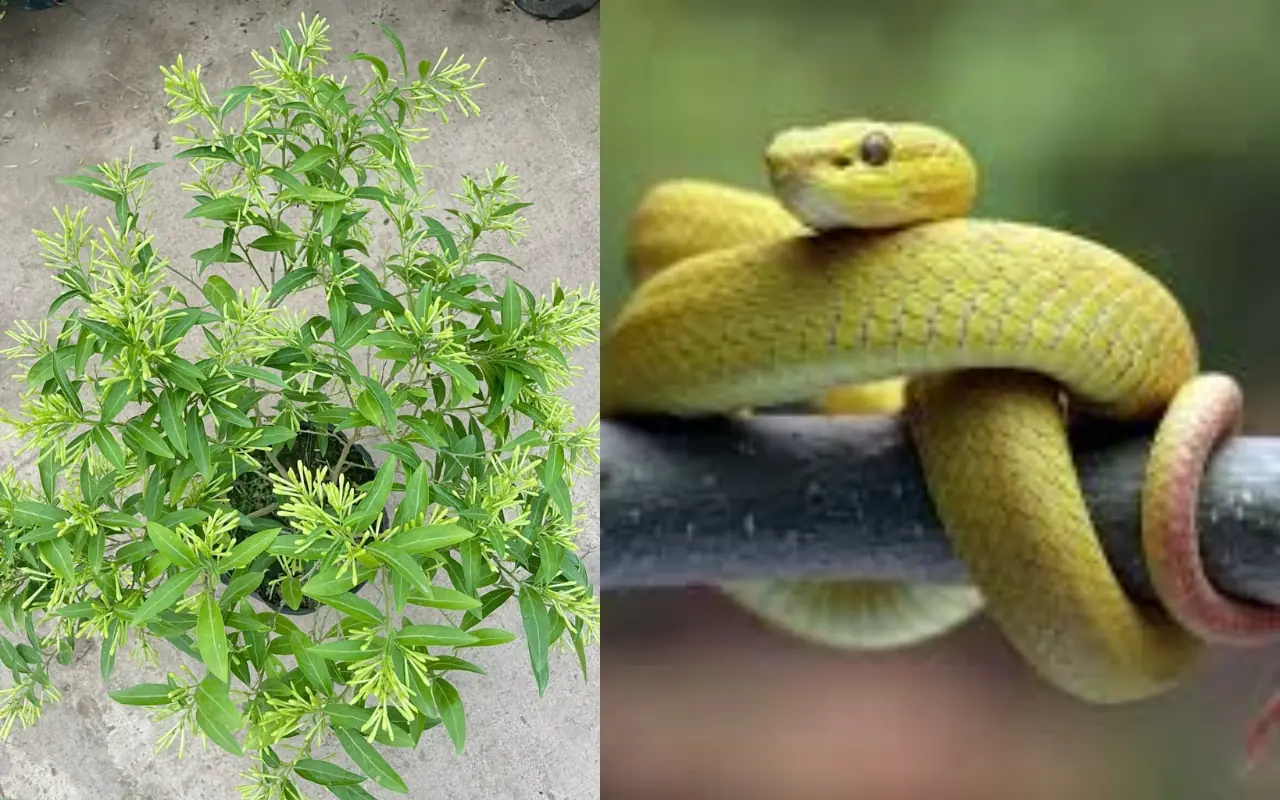
4 plants that easily "invite" snakes to come near, be careful when planting around the house!

Kidney atrophy before age 30: Doctors warn of 2 habits that cause kidney failure, many people suffer from it

This popular summer fruit has received attention from scientists for its cooling, diuretic properties and ability to naturally support liver detoxification.

6 Simple Ways to Reduce Water Retention
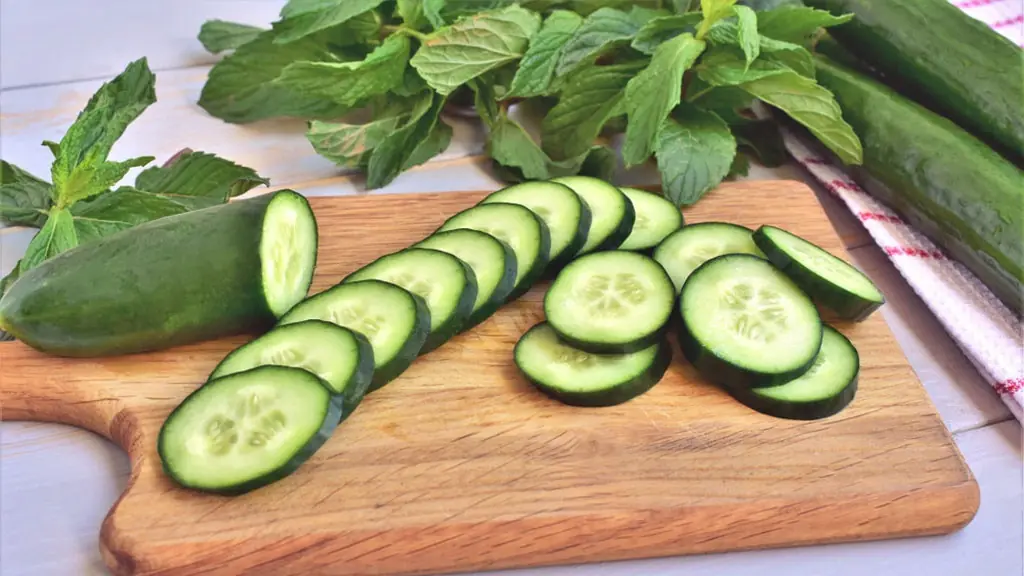
4 groups of people should avoid eating cucumbers

Drinking Hot Water: Health Benefits and R.i.sks

What Is the Spiritual Significance of a Black Cat?

When Does Male Pattern Baldness Start And How To Prevent It

21-year-old male student with severe kidney and heart failure: The "culprit" is a familiar drink, not alcohol

What are the symptoms of ca.n.cer of the spleen?
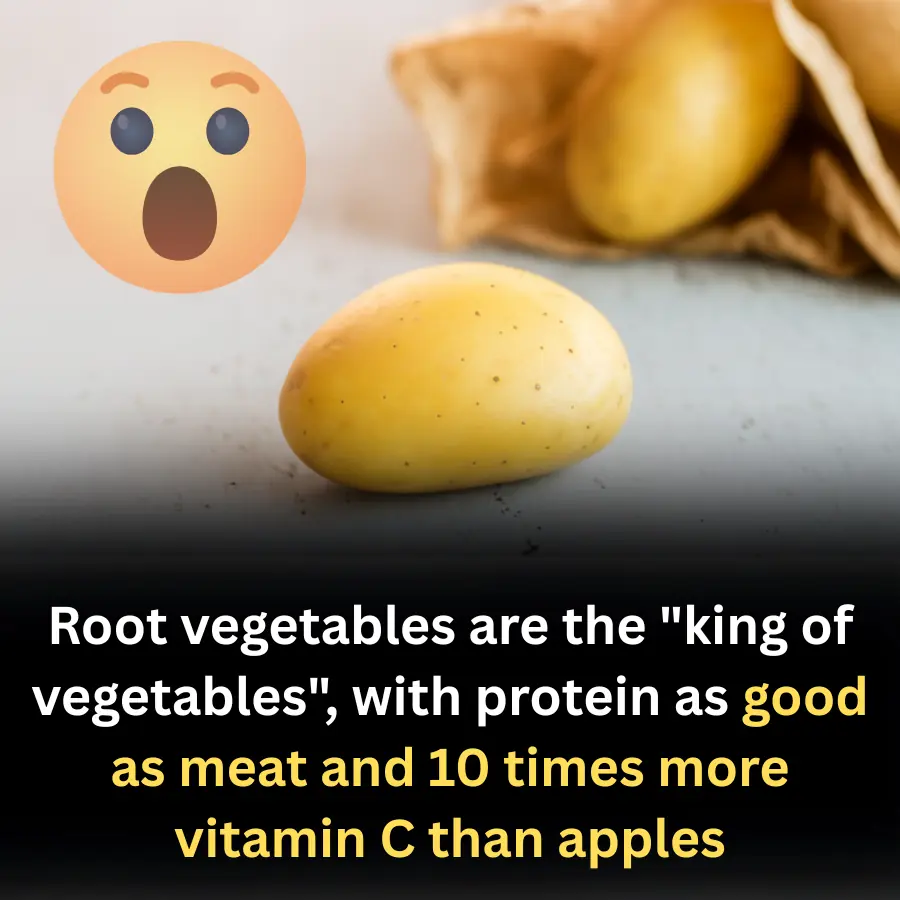
Root vegetables are the "king of vegetables", with protein as good as meat and 10 times more vitamin C than apples
